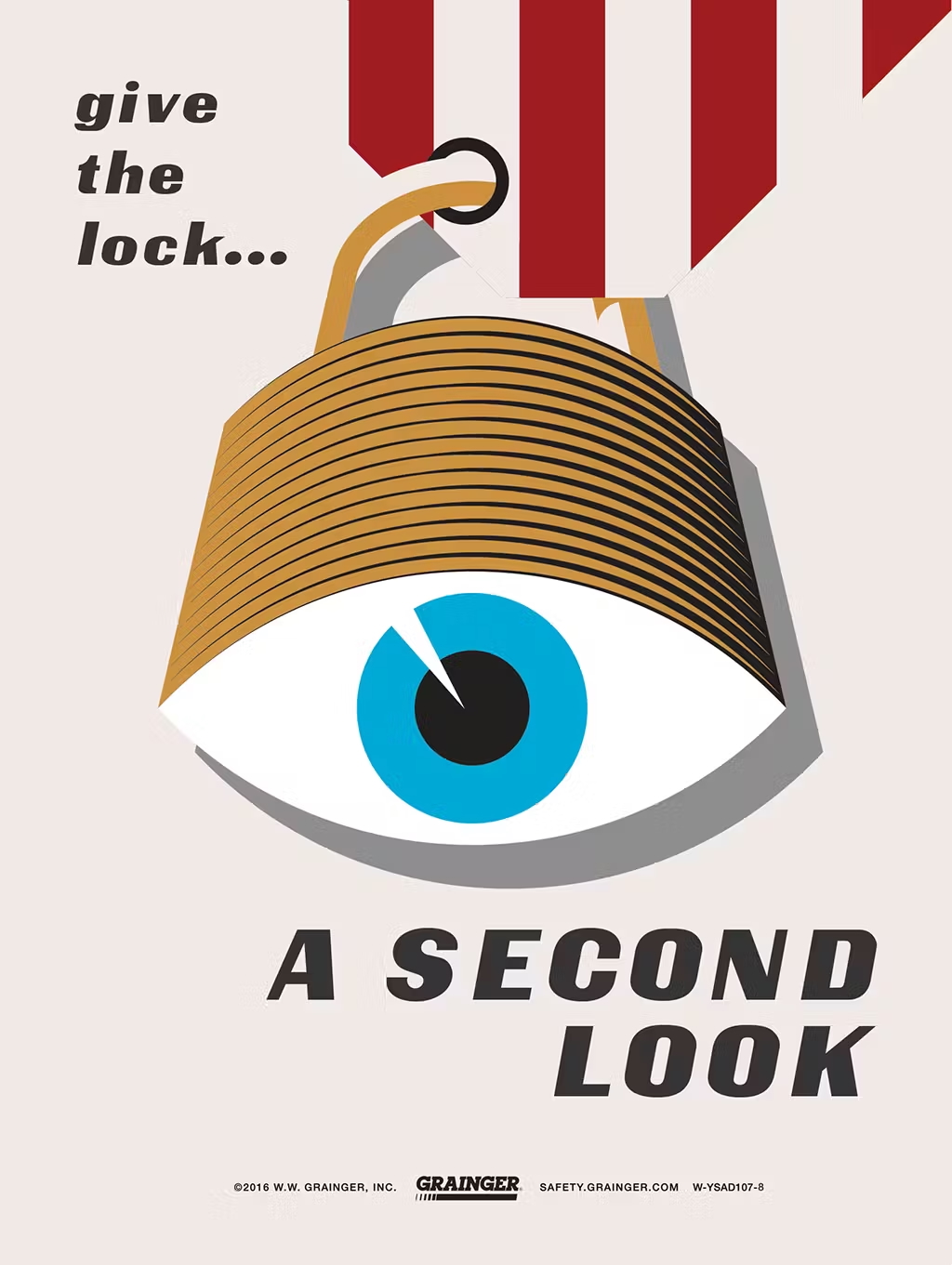Karri Saarinen, writing for the Linear blog:
Unbounded AI, much like a river without banks, becomes powerful but directionless. Designers need to build the banks and bring shape to the direction of AI’s potential. But we face a fundamental tension in that AI sort of breaks our usual way of designing things, working back from function, and shaping the form.
I love the metaphor of AI being the a river and we designers are the banks. Feels very much in line with my notion that we need to become even better curators.
Saarinen continues, critiquing the generic chatbox being the primary form of interacting with AI:
One way I visualize this relationship between the form of traditional UI and the function of AI is through the metaphor of a ‘workbench’. Just as a carpenter’s workbench is familiar and purpose-built, providing an organized environment for tools and materials, a well-designed interface can create productive context for AI interactions. Rather than being a singular tool, the workbench serves as an environment that enhances the utility of other tools – including the ‘magic’ AI tools.
Software like Linear serves as this workbench. It provides structure, context, and a specialized environment for specific workflows. AI doesn’t replace the workbench, it’s a powerful new tool to place on top of it.
It’s interesting. I don’t know what Linear is telegraphing here, but if I had to guess, I wonder if it’s closer to being field-specific or workflow-specific, similar to Generative Fill in Photoshop. It’s a text field—not textarea—limited to a single workflow.

Design for the AI age
For decades, interfaces have guided users along predefined roads. Think files and folders, buttons and menus, screens and flows. These familiar structures organize information and provide the comfort of knowing where you are and what's possible.
























